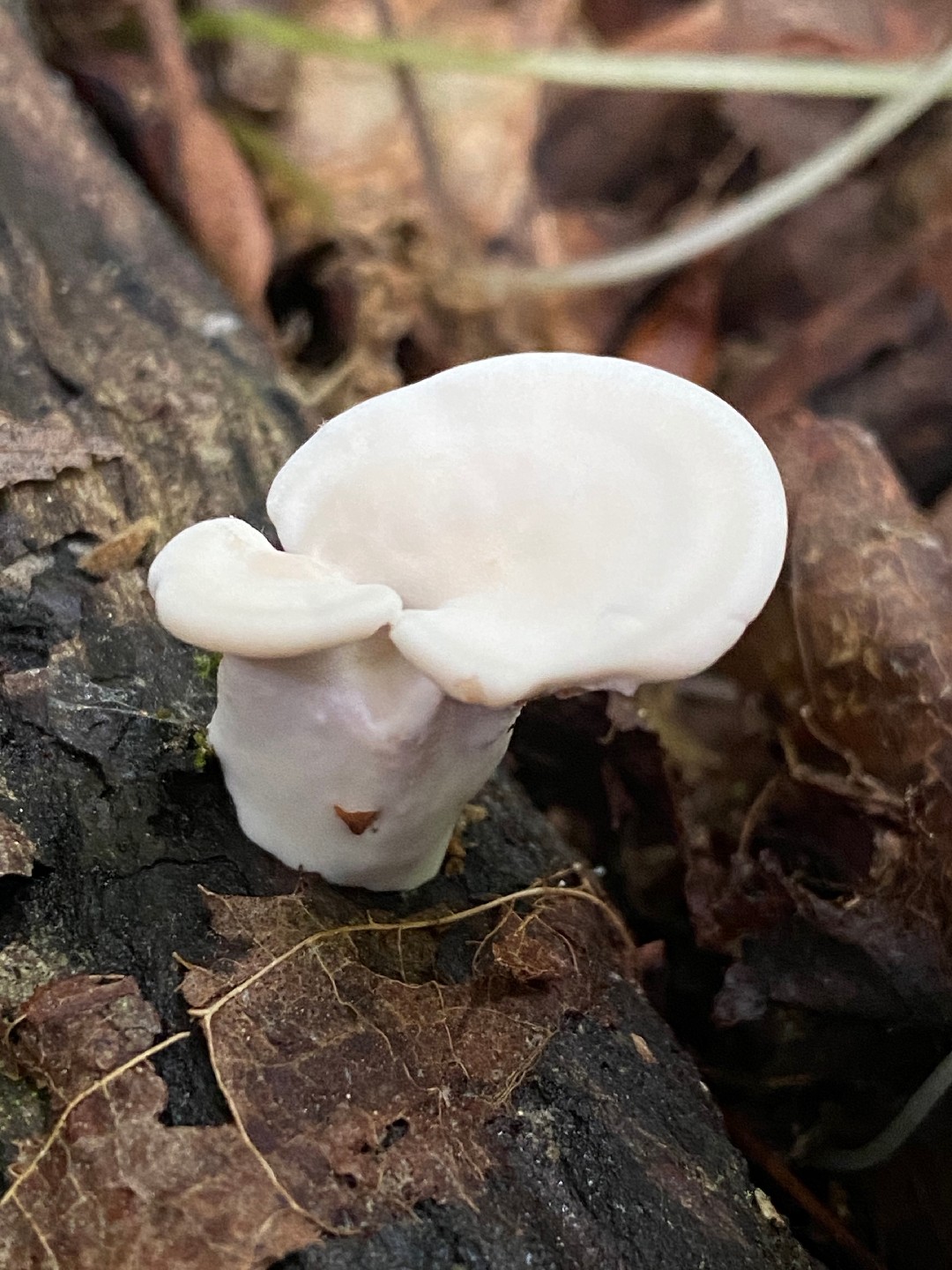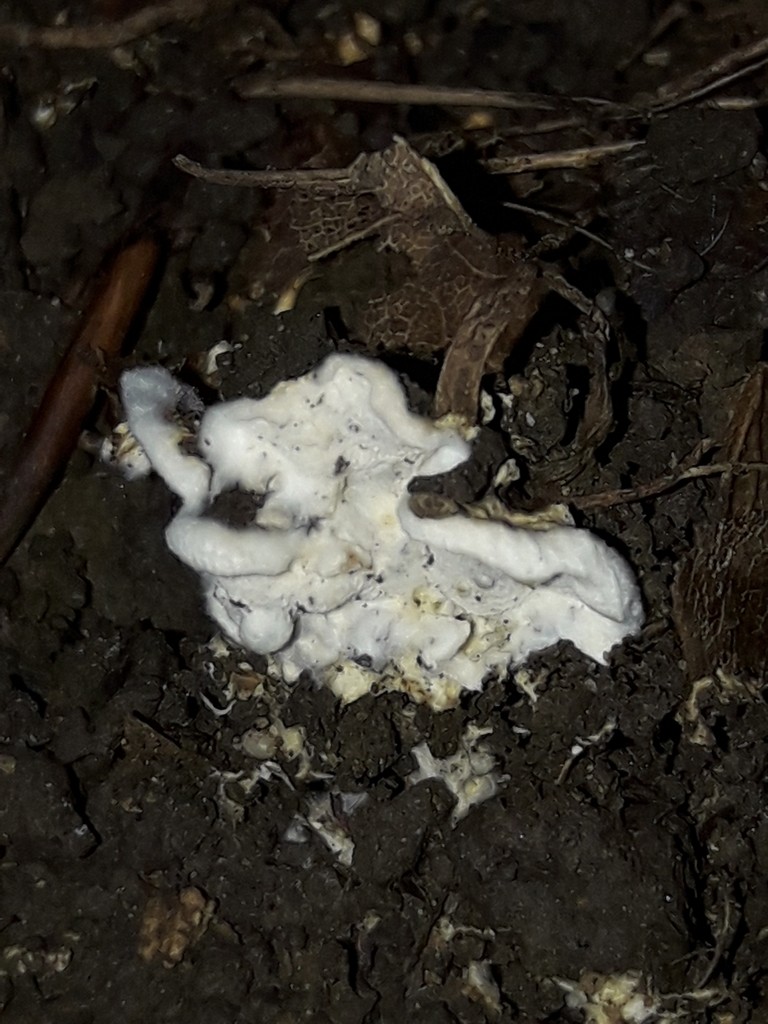Loweomyces
Nombre científico: Loweomyces
Loweomyces
Nombre científico: Loweomyces
 Photo By Amanda Schabdach
Photo By Amanda Schabdach Descripción
Loweomyces es conocido por su crecimiento único en madera en descomposición y a menudo forma cuerpos fructíferos con una textura suave y correosa. Estos hongos presentan una coloración delicada y a menudo llamativa, que varía de blanco cremoso a tonos amarillentos. Desempeñan un papel crucial en el ecosistema al descomponer la madera muerta, contribuyendo al reciclaje de nutrientes.
Especies de Loweomyces

 Photo By Amanda Schabdach
Photo By Amanda Schabdach Clasificación científica
Filo
Royas y tizones Clase
Bejines y parientes Orden
Hongos de repisa Familia
Meruliaceae Género
Loweomyces 